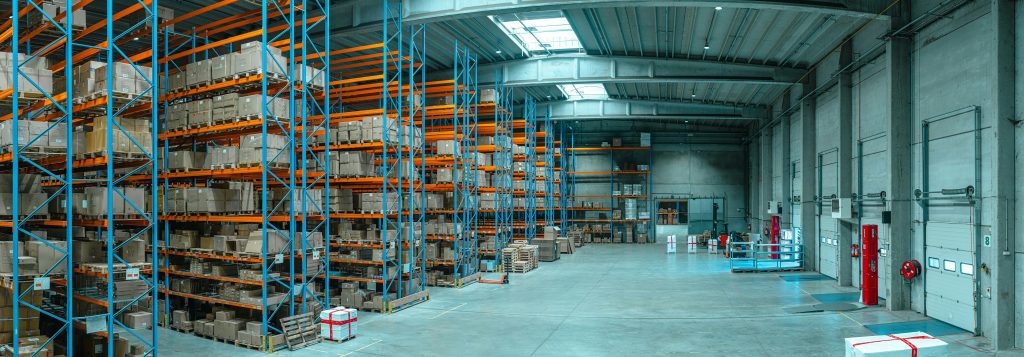When it comes to the global spirits trade, navigating international waters can feel like setting sail on a vast and unpredictable ocean. In this dynamic industry, where products traverse borders and continents, understanding the intricacies of customs procedures is essential. Two critical documents that play a pivotal role in facilitating the movement of spirits across international boundaries are the T1 and T2 transit documents.
Table of Contents
What are T1 and T2 Transit Documents?
The T1 and T2 transit documents are vital instruments used in international trade to facilitate the movement of goods through customs territories without the payment of duties or taxes. These documents are particularly relevant in the spirits and alcohol business, where products often travel across multiple countries before reaching their final destination.
The Difference Between T1 and T2 Documents
The difference between T1 and T2 documents is mainly about how they’re used in international trade. Both help goods move between countries, but each has a specific job. T1 documents are for when goods travel through customs in countries outside the European Union (EU). They let the goods pass through without paying taxes right away.
On the other hand, T2 documents are only for trade within the EU. They make customs processes simpler for goods going from one EU country to another. Understanding this difference is important because it shows how rules for trade can change depending on where the goods are going.

The Function of T1 Transit Documents
The T1 transit document, also known as a Transit Declaration or Customs Transit Declaration, is utilized for goods that are in transit through one or more customs territories. When spirits are transported from one country to another, they may pass through several jurisdictions before reaching their intended market. The T1 document allows these goods to move seamlessly through customs checkpoints without the need for immediate payment of duties or taxes.
With a T1 document, goods originating from a country outside the EU can be transported within the EU, even if they are first stored in a customs warehouse. Any import duties and VAT need only be paid in the country of customs clearance: i.e., the final destination.
A T1 document has a limited period of validity. The period of validity of a T1 document is normally 8 days unless otherwise specified.
The Importance of T2 Transit Documents
Complementing the T1 document is the T2 transit document, also referred to as the Simplified Transit Document (STD). This document is used for goods that are transported within the European Union (EU) customs territory under specific transit procedures. For spirits businesses based in the EU, the T2 document simplifies the customs process for intra-EU trade, streamlining the movement of products across member states.
A T2 document authorizes the transit of goods that have already been cleared in the EU or are of European origin to or through the interior of non-EU countries. Examples include transportation of a shipment from the Netherlands to Italy through Switzerland or transportation to a consignee in Norway where the driver does not face delays at the Norwegian border because the goods are not cleared until they reach their final destination. So the main difference between T1 and T2 is that with T2 status, the goods are of EU origin or have been cleared.
Benefits of Utilizing T1 and T2 Transit Documents
For spirits businesses engaged in international trade, the benefits of utilizing T1 and T2 transit documents are manifold. These documents facilitate smoother customs clearance procedures, reducing delays and minimizing the administrative burden associated with cross-border shipments. By availing of transit procedures, businesses can optimize their supply chains, ensuring timely delivery of products to customers worldwide.
Key Information Included in T1 and T2 Transit Documents
T1 and T2 documents contain essential information about the goods being transported and the journey they will undertake. This typically includes details such as the type and quantity of goods, their value, the point of origin, and the intended destination. Additionally, these documents may include information about the parties involved in the transaction, such as the importer, exporter, and any intermediaries or carriers handling the shipment. Other relevant information, such as transportation details and applicable customs procedures or regulations, may also be included to ensure smooth transit and compliance with legal requirements.
Navigating Regulatory Compliance
In addition to facilitating customs procedures, T1 and T2 transit documents play a crucial role in ensuring regulatory compliance within the spirits industry. Compliance with import and export regulations, including excise duties and licensing requirements, is essential for businesses operating in multiple jurisdictions. By adhering to the proper documentation procedures, spirits companies can avoid penalties and maintain their reputation as responsible international traders.

Conclusion
In the complex world of international spirits and alcohol trade, the efficient movement of goods across borders is paramount. T1 and T2 transit documents serve as indispensable tools for navigating the regulatory landscape and streamlining customs procedures. By understanding the role of these documents and adhering to proper documentation practices, spirits businesses can enhance their operational efficiency and seize opportunities for growth in the global marketplace.
Also: Check our Blog about this subject!

